Sun
ID: 3392
In the latter phase of the mission, the five THEMIS spacecraft will travel on five co-aligned elliptical orbits with their apogee on the nightside of the Earth. From there, they will sample the particle and electromagnetic wave environment along the magnetotail. The dates in this visualization are based on an ephemeris assuming a launch date of January 20, 2007. The five satellites are represented by colors: red=P1, green=P2, cyan=P3, blue=P4, magenta=P5

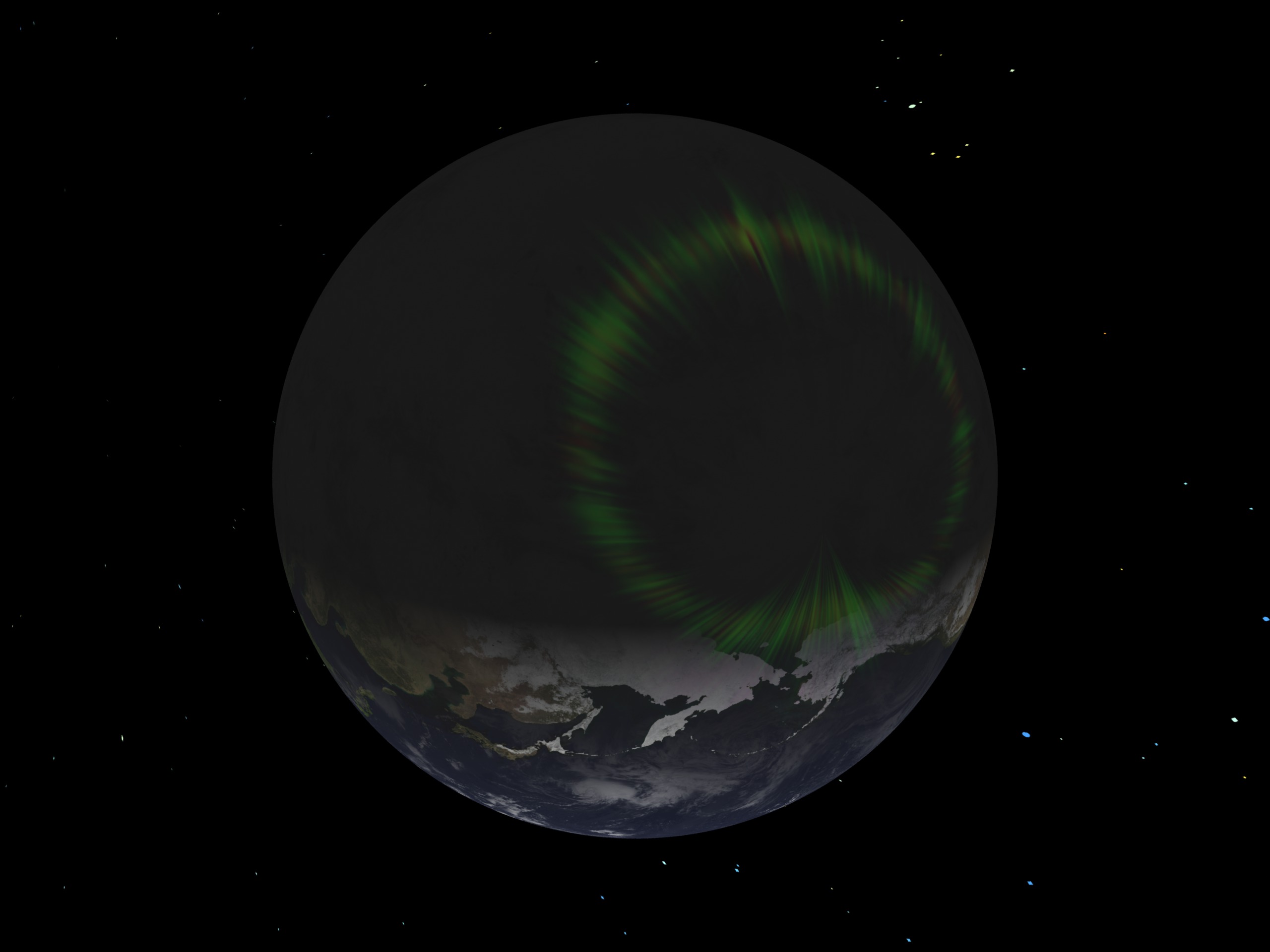


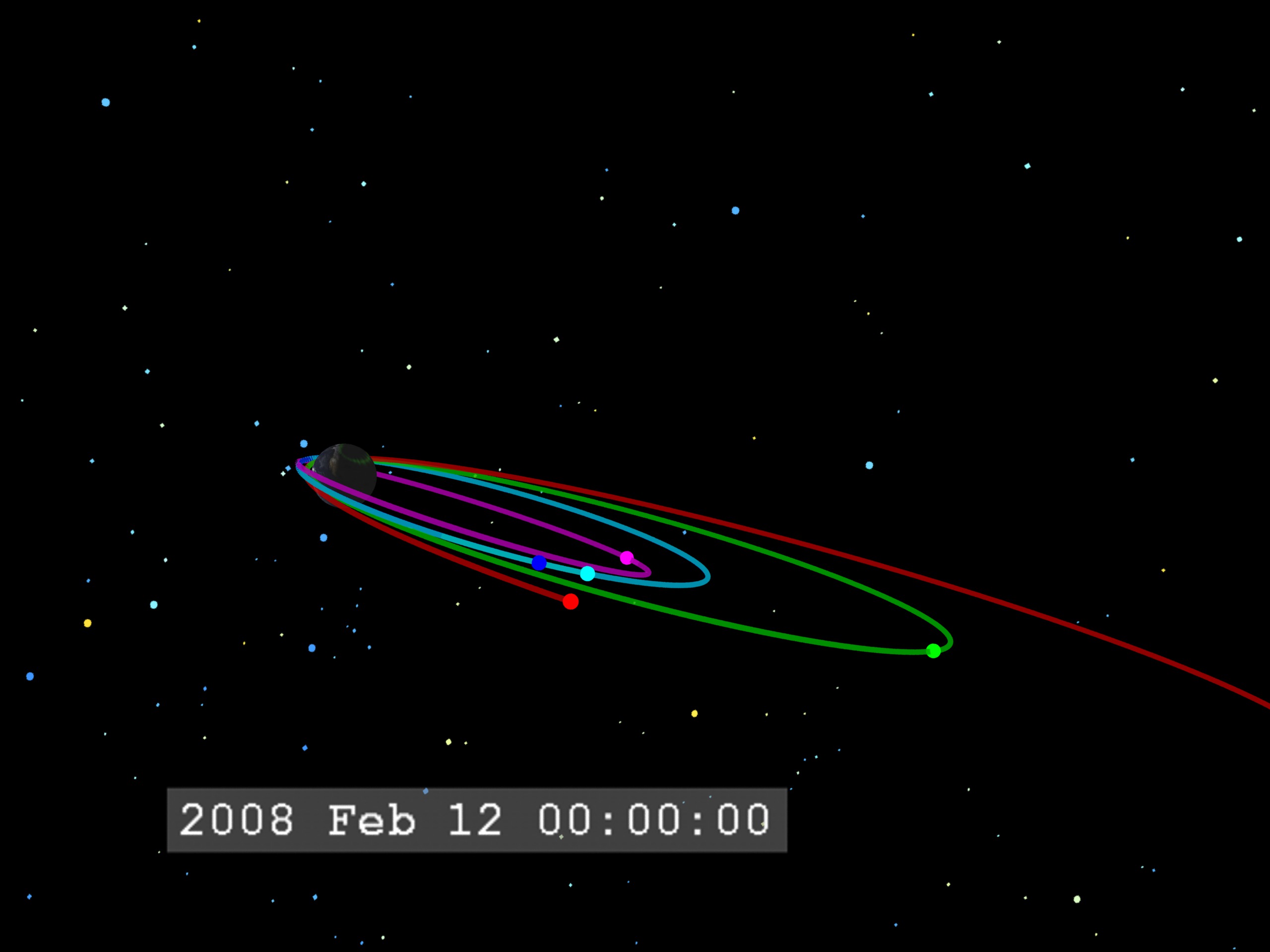

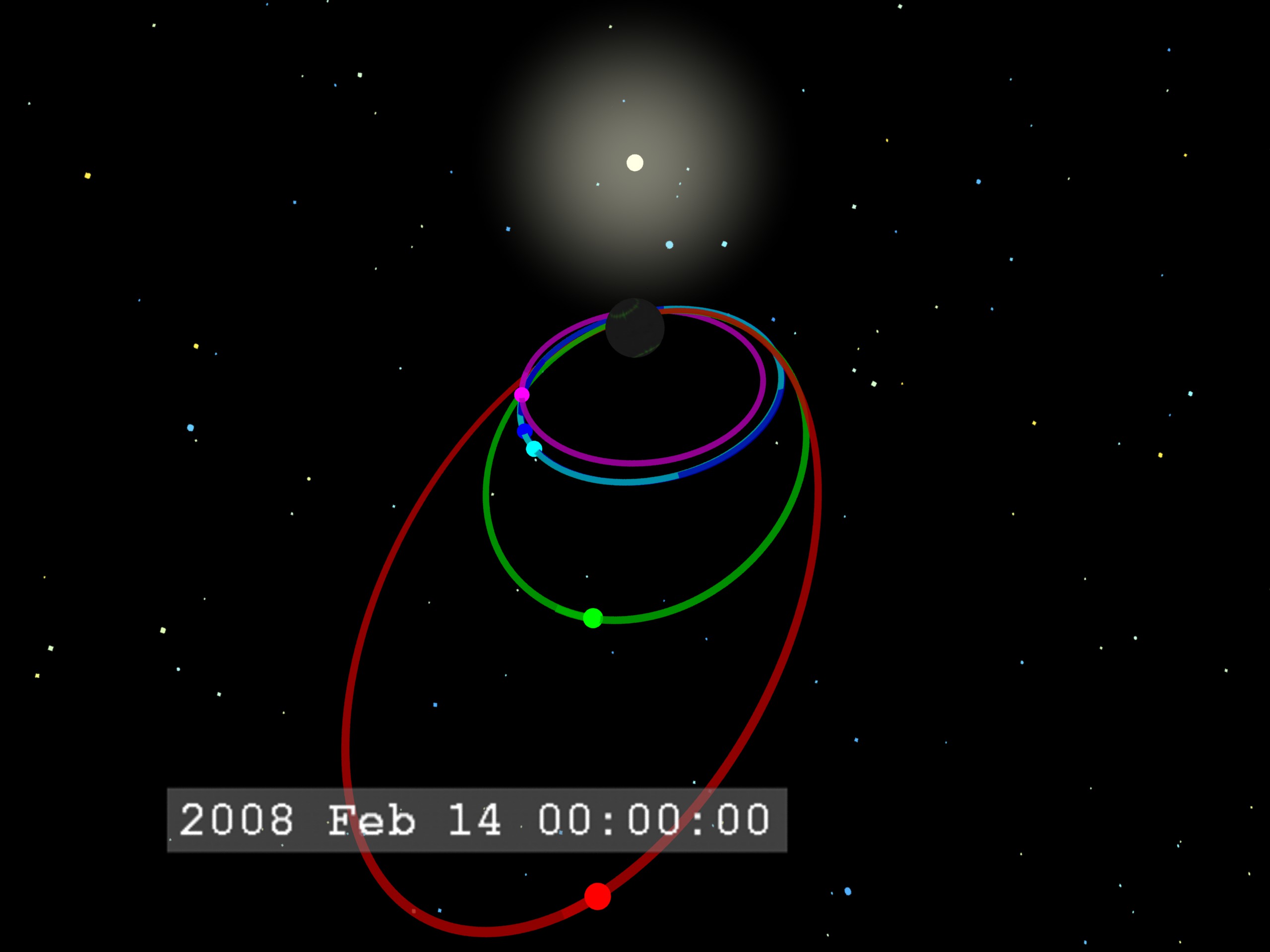
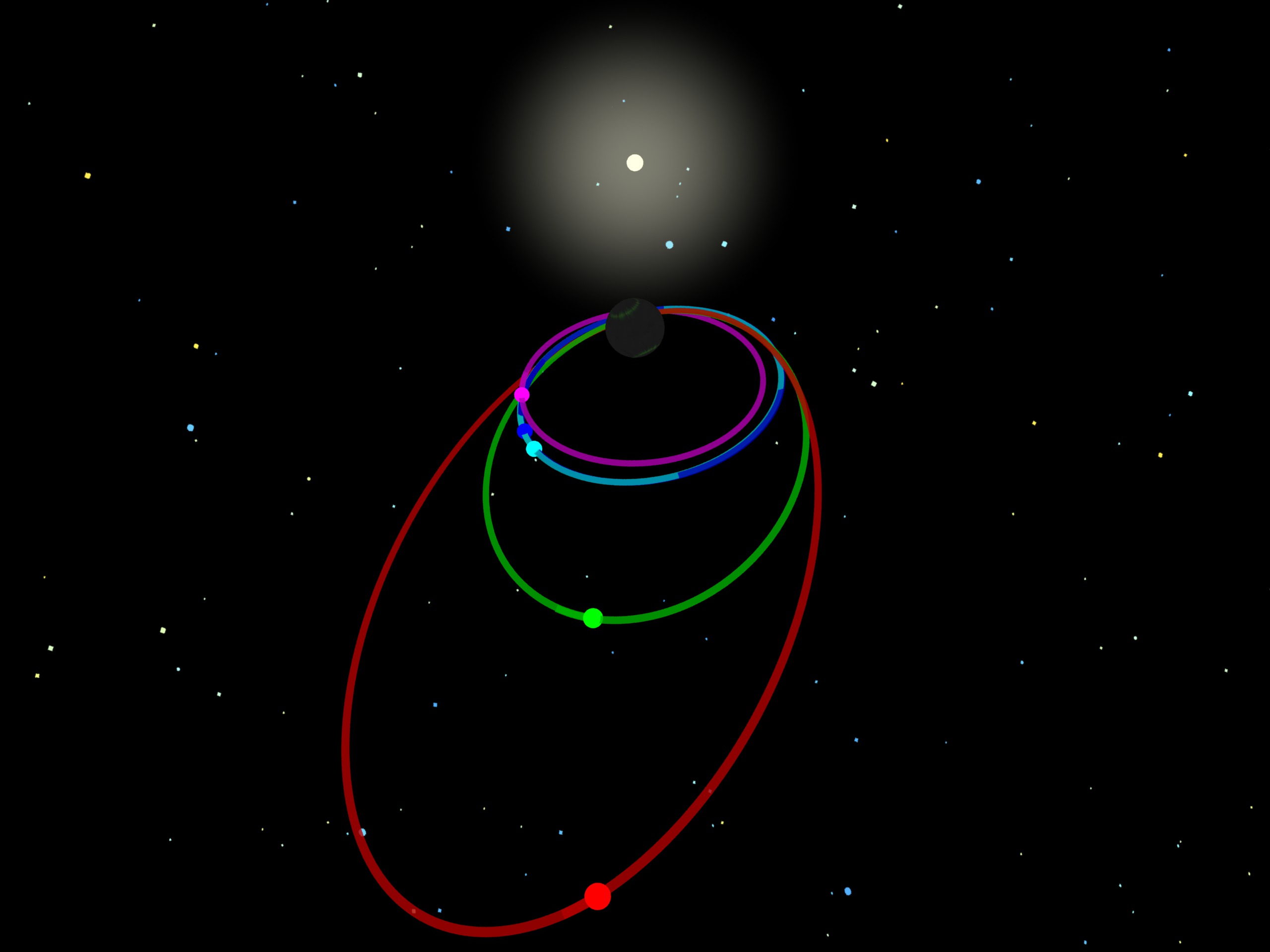

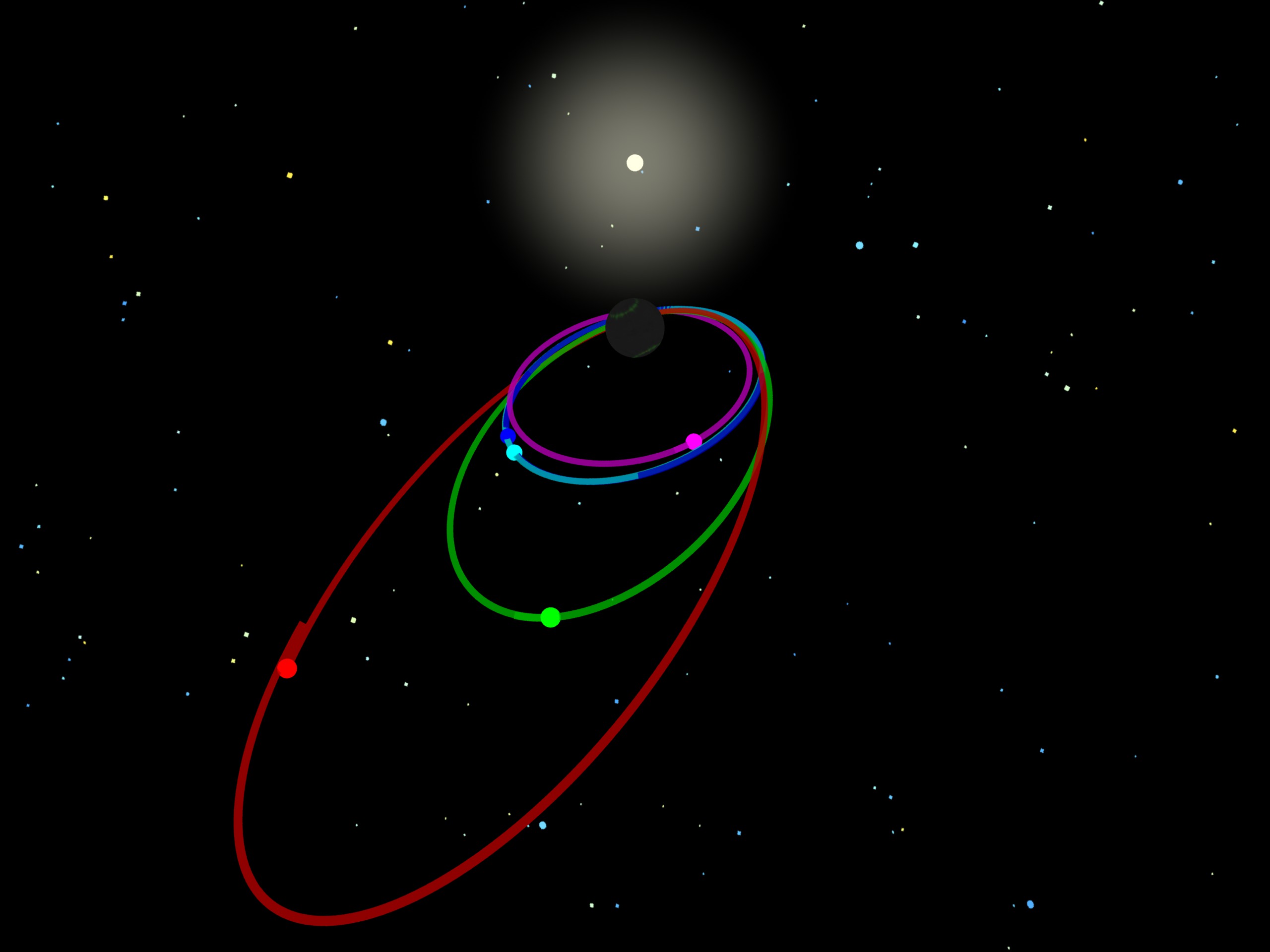
THEMIS Orbits: Nightside Science Configuration










Visualization Credits
Tom Bridgman (Global Science and Technology, Inc.): Lead Animator
Vassilis Angelopoulos (University of California at Berkeley): Scientist
David G. Sibeck (NASA/GSFC): Scientist
Vassilis Angelopoulos (University of California at Berkeley): Scientist
David G. Sibeck (NASA/GSFC): Scientist
Please give credit for this item to:
NASA/Goddard Space Flight Center Scientific Visualization Studio
NASA/Goddard Space Flight Center Scientific Visualization Studio
Short URL to share this page:
https://svs.gsfc.nasa.gov/3392
Mission:
THEMIS
Data Used:
Note: While we identify the data sets used in these visualizations, we do not store any further details nor the data sets themselves on our site.
This item is part of this series:
THEMIS Pre-launch
Keywords:
SVS >> Geomagnetic Field
SVS >> Magnetosphere
SVS >> Solar Wind
GCMD >> Location >> Magnetotail
SVS >> THEMIS
NASA Science >> Sun
GCMD keywords can be found on the Internet with the following citation: Olsen, L.M., G. Major, K. Shein, J. Scialdone, S. Ritz, T. Stevens, M. Morahan, A. Aleman, R. Vogel, S. Leicester, H. Weir, M. Meaux, S. Grebas, C.Solomon, M. Holland, T. Northcutt, R. A. Restrepo, R. Bilodeau, 2013. NASA/Global Change Master Directory (GCMD) Earth Science Keywords. Version 8.0.0.0.0
https://svs.gsfc.nasa.gov/3392
Mission:
THEMIS
Data Used:
SSCweb also referred to as: SSCweb ephemerides
Ephemeris - NASA/GSFC Space Physics Data Facility - 2008/02/10T00:00:00 - 2008/02/20T00:00:00
Satellite ephemerides
This item is part of this series:
THEMIS Pre-launch
Keywords:
SVS >> Geomagnetic Field
SVS >> Magnetosphere
SVS >> Solar Wind
GCMD >> Location >> Magnetotail
SVS >> THEMIS
NASA Science >> Sun
GCMD keywords can be found on the Internet with the following citation: Olsen, L.M., G. Major, K. Shein, J. Scialdone, S. Ritz, T. Stevens, M. Morahan, A. Aleman, R. Vogel, S. Leicester, H. Weir, M. Meaux, S. Grebas, C.Solomon, M. Holland, T. Northcutt, R. A. Restrepo, R. Bilodeau, 2013. NASA/Global Change Master Directory (GCMD) Earth Science Keywords. Version 8.0.0.0.0











